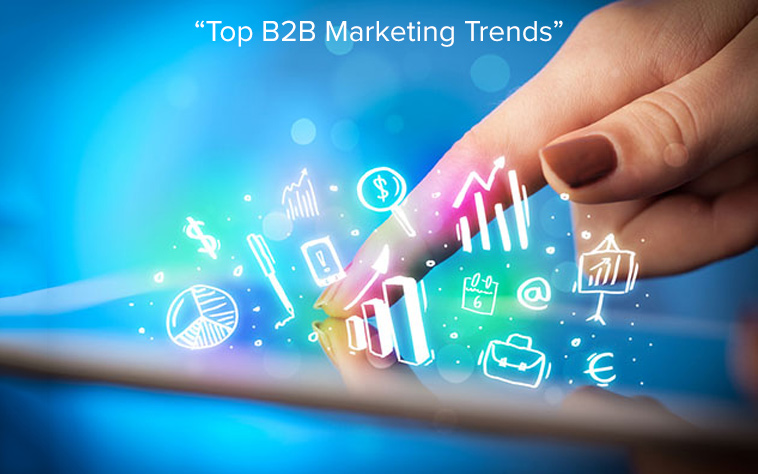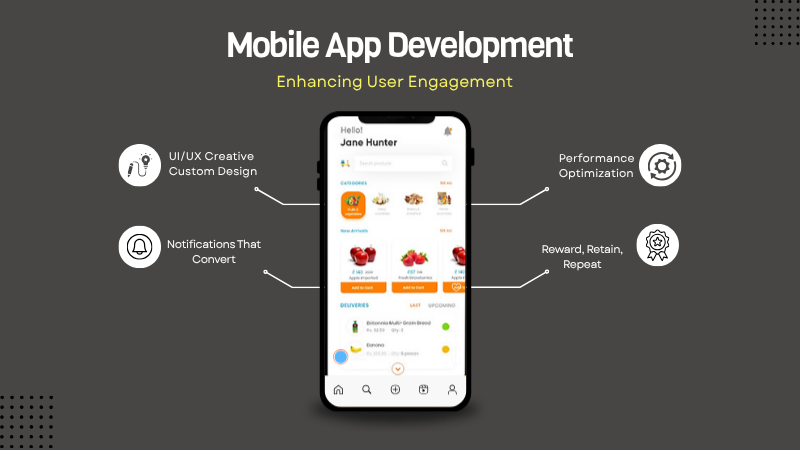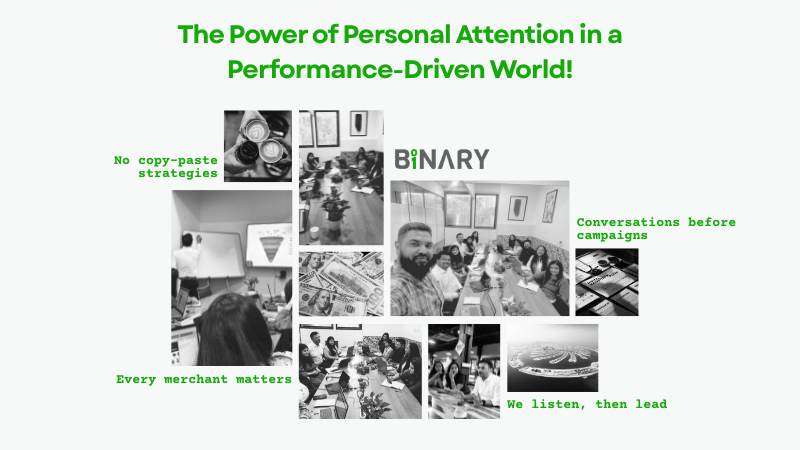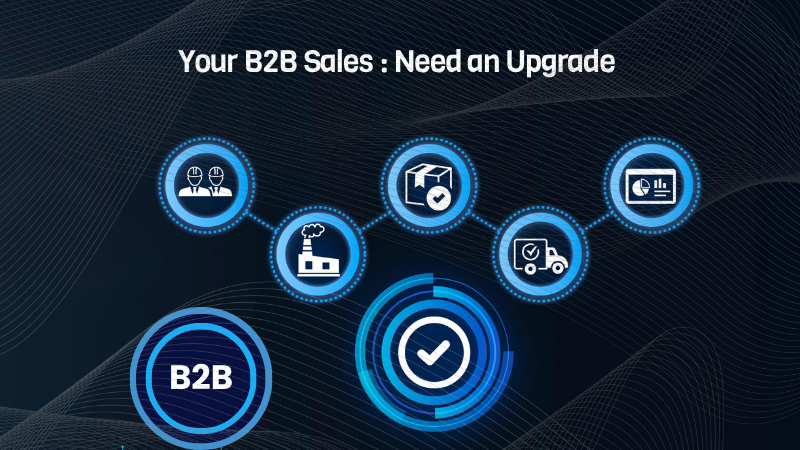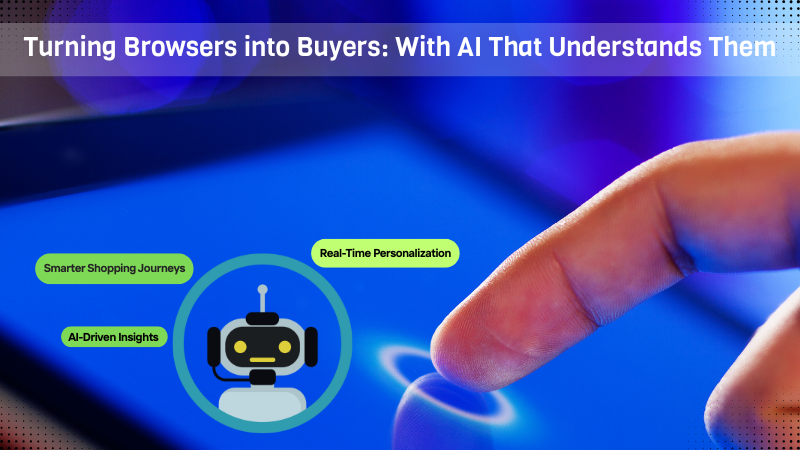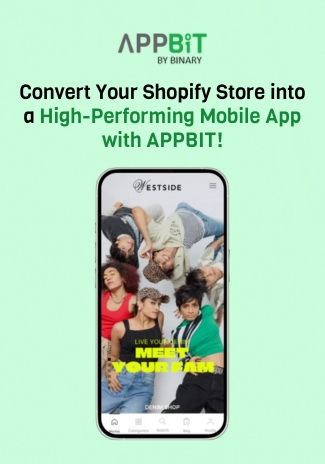Trends for business-to-business marketers need to follow in the year 2017
Innovation is the main starting point for reviewing all marketing trends for the New Year. Marketers assess the marketing techniques giving them uplift in the business. The top techniques are well focused in getting aligned B2B sector. The most important it is, to realize the importance of new technologies such as real time personalization, mobile and marketing automation.
1. Marketing Automation
Automation is one finest technology when it comes to B2B marketing. It’s an automated process of scoring and nurturing the leads with relevant content along the customer journey. Not many businesses are exploiting marketing automation since they are still on at earlier stages of maturity.
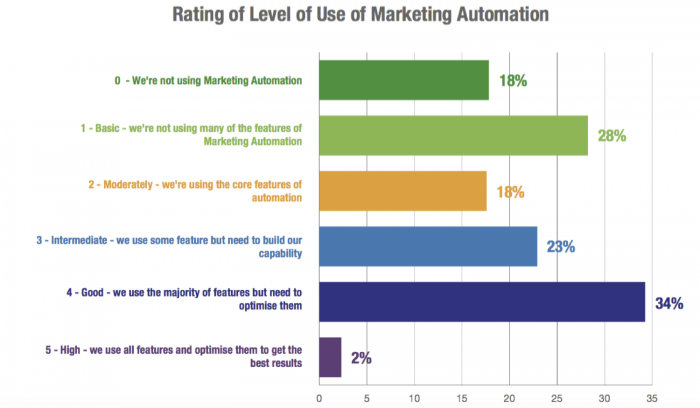
Dave Chaffey of Smart Insights is going to speak at B2B Marketing Automation Expo 2017 where he is going to cover the best ways to start automation. Here are few of the key techniques that he spoke in the last year’s show:
- A welcome sequence with multi steps that can have more relevancies with dynamic content.
- Lead scoring and grading to put more relevant emails or outbound calls when the prospects are qualified.
- Re-marketing on third party sites that will help nurture prospects showing interest in product or services.
2. Content Marketing
Content Marketing technique has been prevalent since last several years in B2B marketing but the popularity of inbound marketing has given more importance to sharing the blogs and social media. Last 3 to 4 years, readers have voted for content marketing against any other marketing activity. The main element in inbound marketing is getting the right balance of content quantity, quality and the frequency. Content Marketing is greatest method used by B2B marketers because longer customer journey would mean customers would want to do plenty of research before making the purchase decision.
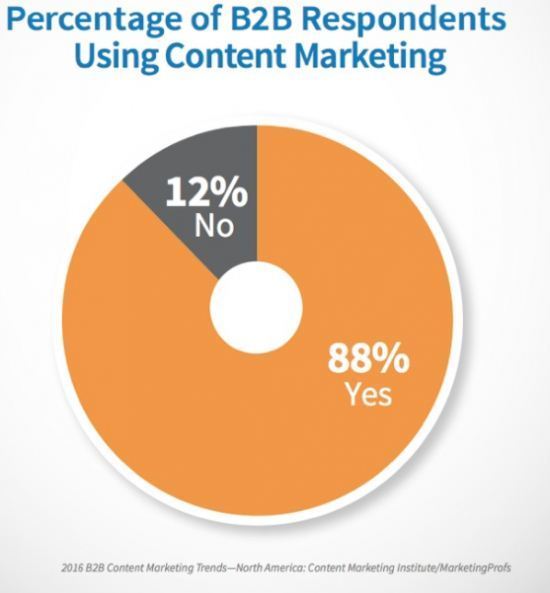
3. Web Personalization
The personalization of the website is a long standing tactic for Ecommerce site but was less used conventionally for B2B marketing. Personalization of emails involved using dynamic content insertion technique. SaaS products like BrightInfo and Evergage make web personalization services affordable for smaller companies. It includes automation features to recommend most relevant piece of content.
4. Channel Integration
Several digital marketing channels are available hence there is always a tendency to focus on individual channel. Integrated nurturing process helps earn dividends. The key trend here is the integration of different channels. Other trend on this includes generating B2B leads by Ascend; this proves that B2B marketers are not chasing the latest fast by not spending too much time on channels that deliver the vast majority of leads or sales.
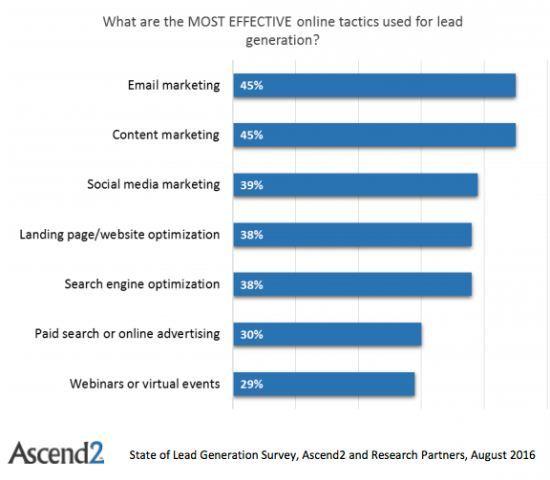
Marketing Automation enables businesses to join customer journey between website and emails. It concentrates on not just email sequences but also identifying when the prospect downloads the content in future and showing their interest and follow up further.
Other form of integration is through re-targeting or re-marketing in Google Adwords where the ads are served to previous site visitors on Google’s display network. This option has been available for last many years with social media. LinkedIn is more important within B2B marketers; Facebook and Twitter have extended their retargeting option.
5. Account-Based Marketing
Account based marketing (ABM) is an established approach in B2B marketing, within larger organizations having structures and processes to target key accounts. ABM was pioneered by ITSMA 10 years ago, they define it as “more than a sales or marketing approach; it is a collaborative strategy that engages sales, marketing, subject matter experts and delivery professionals, as well as key executives
in the chosen client account to determine where and how to best meet the client’s unique business challenges. With deep insight into the client’s business and key goals, this collaborative team creates a well-orchestrated marketing and sales campaign for a single account.”
Initially, ABM was an approach that was supported by Marketing Automation service that focuses on individual customer records. The trend is for automation services that include ABM features that make it easier to nurture groups automatically through emails and re-targeting.
6. Mobile Marketing
The shift towards mobile is the latest trends for B2B Marketers since last many years now. Google notes that businesses have responsive sites hence it’s no more a trend. The change that affects B2B marketers in 2017 includes Google’s new mobile-first index and potential penalties for pop-ups.
Mobile covers almost half of web traffic today where in the past B2B companies used to assume that their customers are researching about them on desktop devices. The new breed of business owners use mobile device to research solutions on the go that means B2B marketers needs to be sure that the content is mobile optimized that ensures smooth processes for users on different devices.
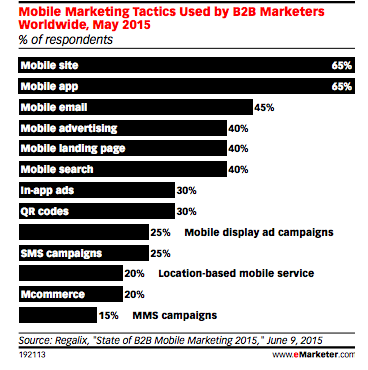
Almost half of B2B businesses have mobile sites and apps this shows that industries are finally starting to come together on mobile. For some industries, mobile apps are not necessary but all industries should have mobile responsive sites. Even if customers are not logging on the mobile device, businesses still need responsive site with Google’s “Mobilegeddon” update or else you may be penalized for the same. B2B buyers on mobiles are increasing as shown in the chart below; hence mobile optimized sites are absolutely necessary.
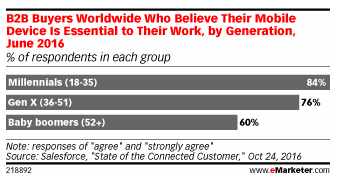
7. Social Media
As per the research, B2B businesses tend to get best results from LinkedIn and Twitter although they are present across wide range of social networks. YouTube and Slideshare are particularly effective; Google+ is ineffective since majority B2B is using it. The eMarketer chart below shows 2015 data and the second chart show the data for 2016.
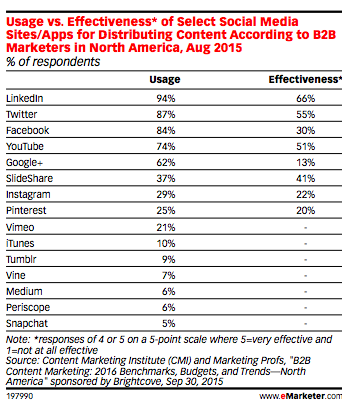
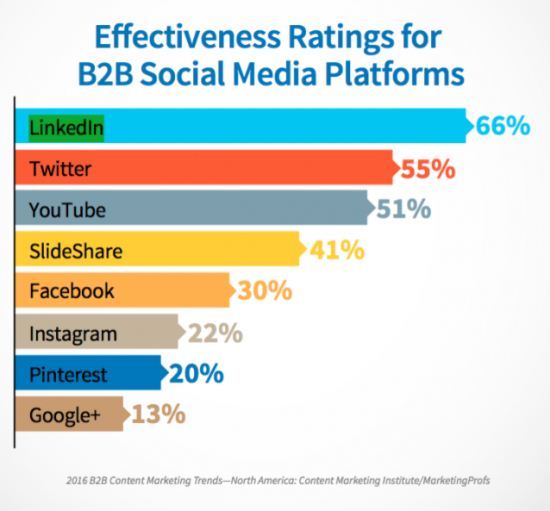
While it is extremely easy to set up a social network it is often important to prioritize. It requires good efforts to run it effectively focusing on the best tactics.


